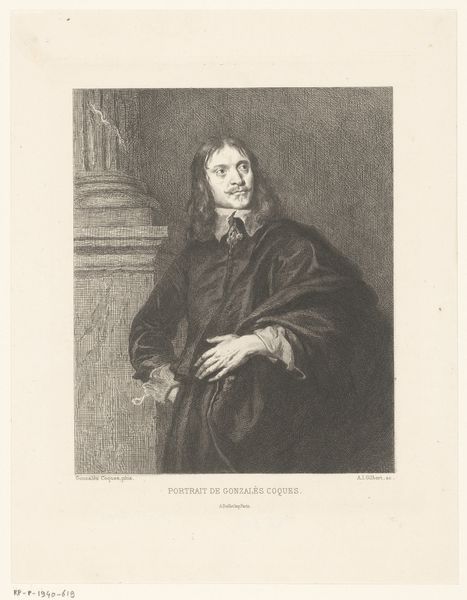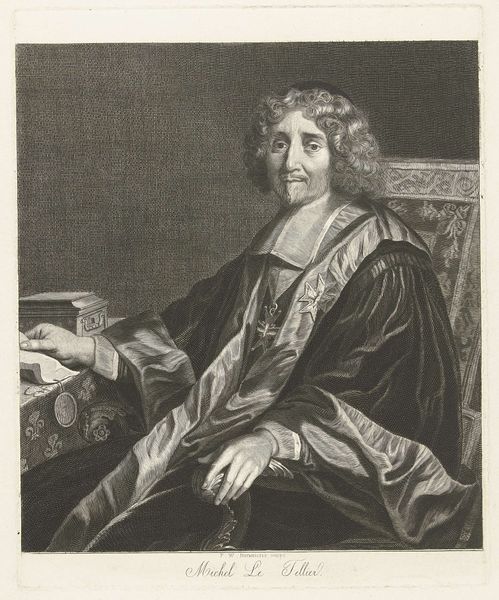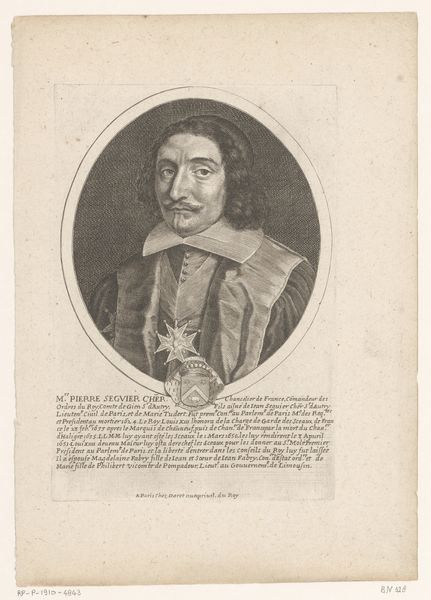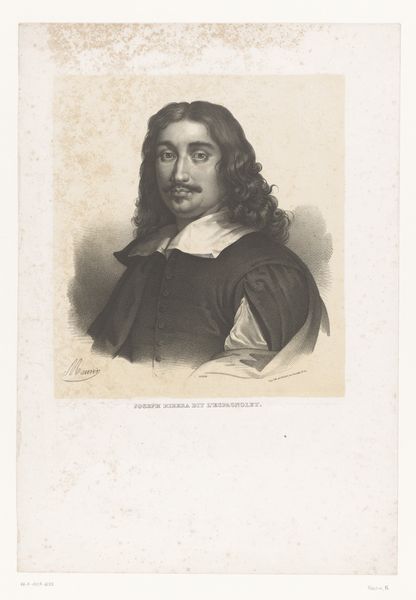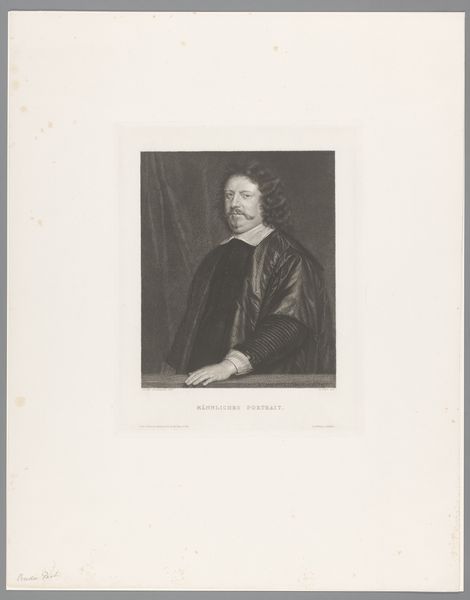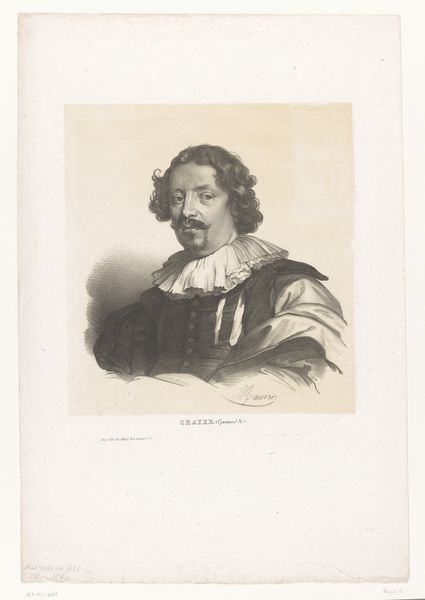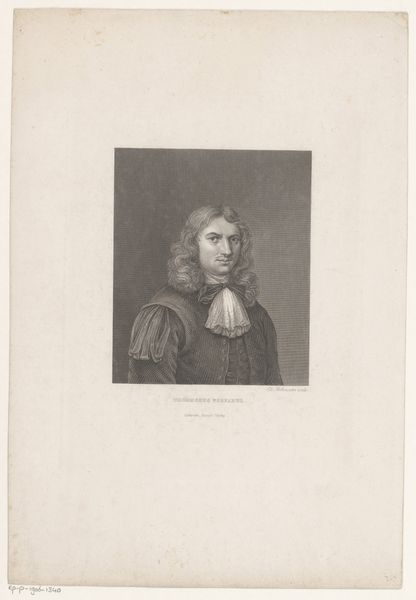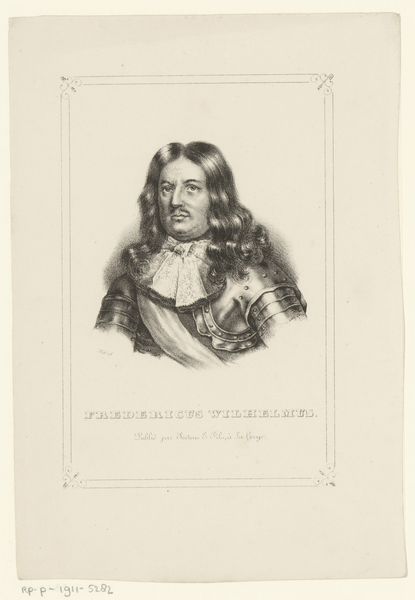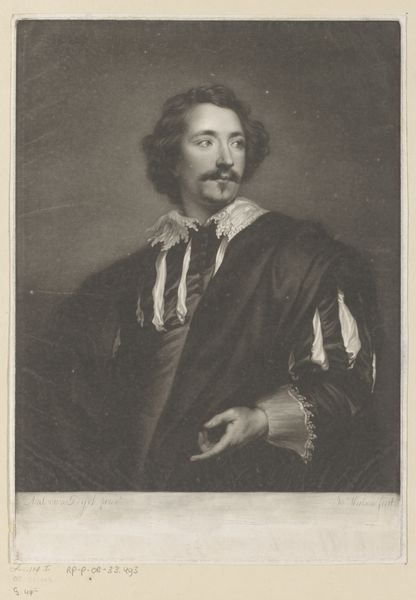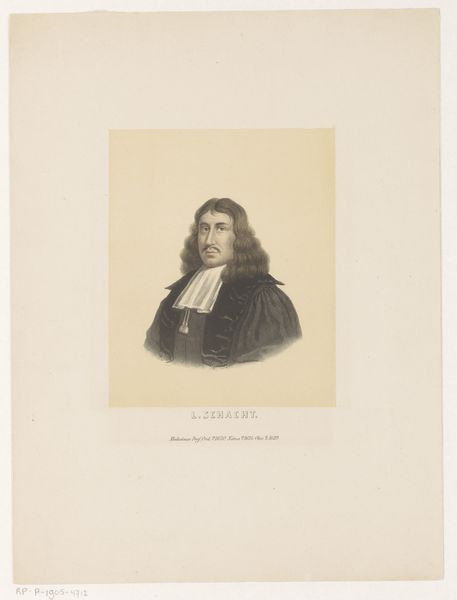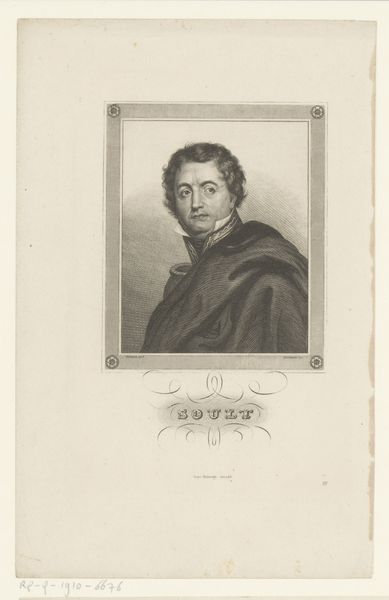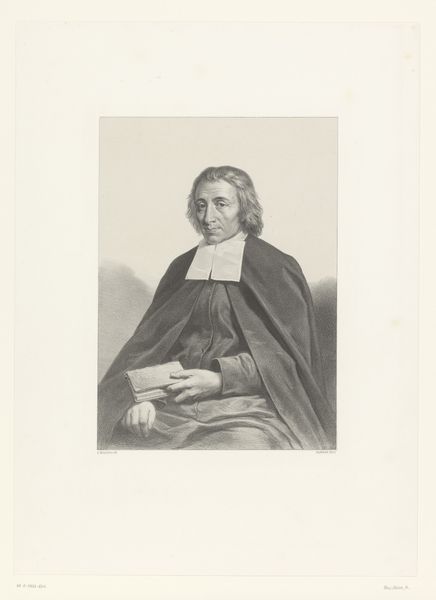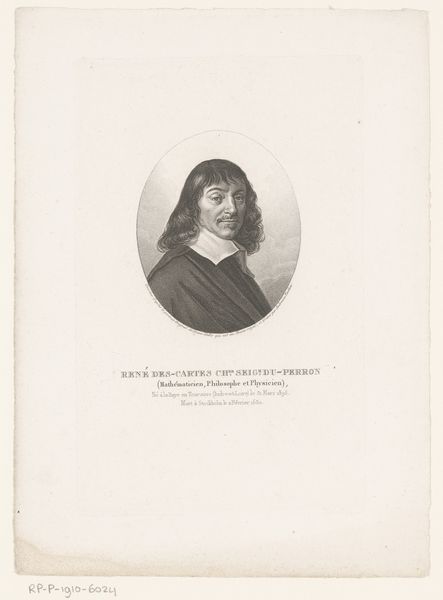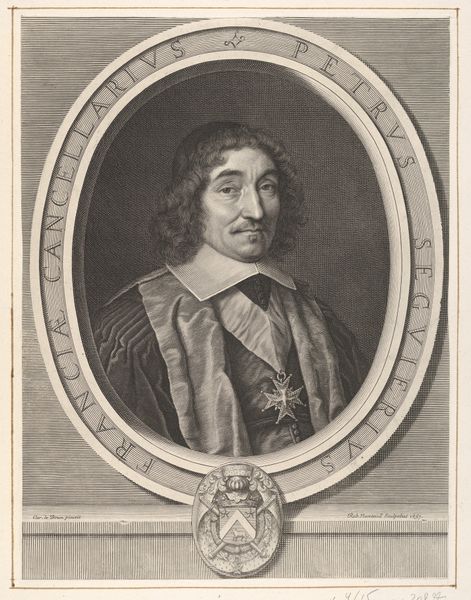
print, engraving
#
portrait
# print
#
old engraving style
#
history-painting
#
engraving
#
realism
Dimensions: height 273 mm, width 187 mm
Copyright: Rijks Museum: Open Domain
Curator: Let’s discuss this captivating portrait of Pierre Séguier. Dating to the period of 1838-1841, this work by Charles Gavard is currently held at the Rijksmuseum. The medium employed here is engraving. Editor: My initial reaction? Elegant, even severe. The light and shadow create a sense of formality that seems typical of engravings, which require so much control. Curator: Precisely! Séguier held influential positions in 17th-century France. He was a Chancellor under Louis XIII and Louis XIV, wielding immense power within the French monarchy. The choice of engraving – a historically significant printmaking technique– visually aligns him with a legacy of tradition. Editor: Thinking about the actual process of creating this image—imagine the labor involved! All those precisely etched lines. I’m curious about the socioeconomic implications of that sort of painstaking production. Was this kind of image available to all or a luxury afforded only to a few? Curator: While engravings were reproducible, and therefore accessible to a broader audience than unique paintings, the cost still placed them out of reach for the poorest members of society. Engravings like this one helped to disseminate imagery of power and prestige, reinforcing the social hierarchy. Editor: Right. This image participates in making power visible. What’s interesting to me is that an engraving implies a certain industrial mode of visual reproduction—a step away from unique handmade art towards mechanical reproduction. Does this shift challenge or uphold Séguier's position? Curator: An excellent point! It is both. On one hand, mechanical reproduction threatens to democratize his image. However, the act of memorializing him in this relatively enduring form cements his place in history, furthering the crown's agenda. Editor: Well, I can't deny the portrait captures something compelling about status and how these portraits also had a social function as objects of prestige. This has certainly helped to sharpen my reading of its details and understand the layers behind this artwork. Curator: Indeed. And situating this image within the context of its era brings its purpose and its statement into much sharper focus. It’s more than just a picture; it’s a carefully constructed representation of power and societal values.
Comments
No comments
Be the first to comment and join the conversation on the ultimate creative platform.
